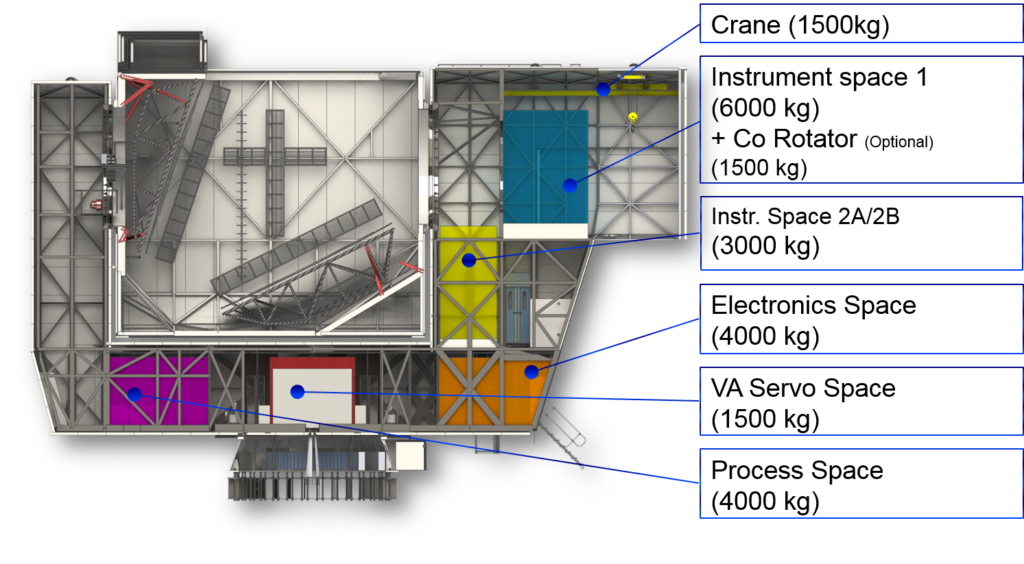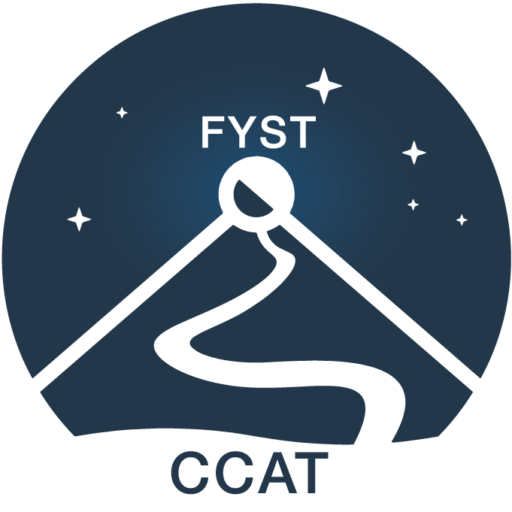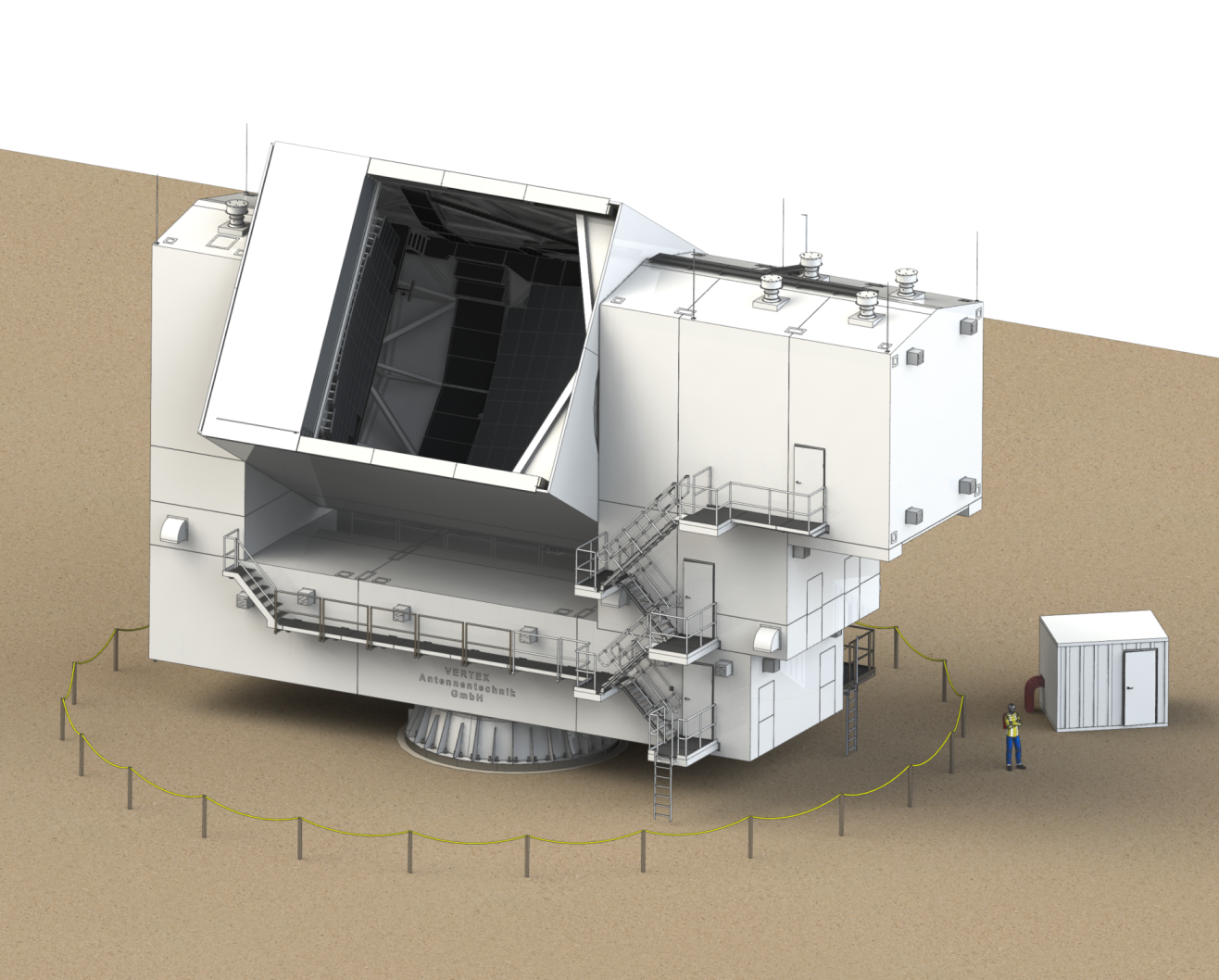The scientific goals of the Fred Young Submillimeter Telescope (FYST) motivate its special characteristics of wide-field, high throughput, high surface accuracy and high altitude location. During the telescope’s scientific lifetime, mm/submm detector arrays will become available that are many times larger than those in present-day cameras. To accommodate next-generation, large-format cameras and enable large-scale galaxy and molecular cloud surveys, the optical design is optimized for a wide field of view. The baseline telescope builds on a crossed-Dragone optical design proposed by Cornell professor Mike Niemack and a novel azimuth-elevation mount proposed by Project Engineer Steve Parshley. The optical design will focus the incoming light, with high throughput, over a flat focal area capable of accommodating > 105 detectors. Multiple instruments will be supported and observations will be fully remote control. The mirror surfaces (all passive) will be made of machined aluminum tiles on a thermally stable support structure.

Design Requirements & Goals
Aperture: 6 meter diameter
Wavelength: 200 – 3,100 µm
Field of view: ~7.8° at λ=3.1 mm
Half wavefront error: ≤ 10.7 µm rms with a goal of < 7 µm rms
Blind pointing: ≤ 6.9″ rms with a goal of < 4.6” rms
Offset pointing: ≤ 2.7″ rms with a goal of 1.8” rms
Scan pointing knowledge: < 1.4″ rms with a goal of <0.9″
Pointing stability: < 1.4″ rms with a goal of <0.9″ rms
Total blockage in optical path: < 1.5% with a goal of 0%

